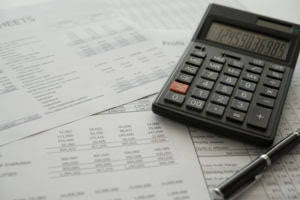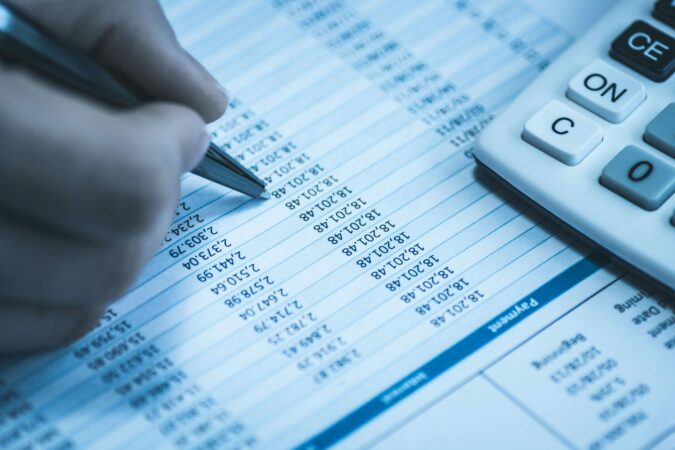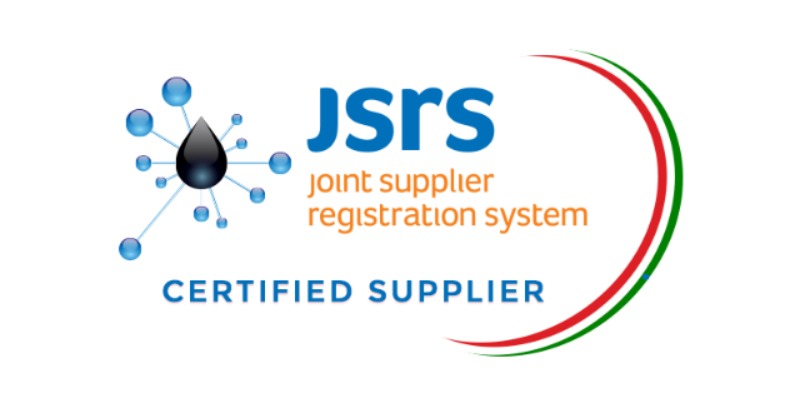- April 22, 2022
- Posted by: Murooj Al Alia
- Category: Bookkeeping

Depending on your specific goals and constraints, you may choose to solve for markup or margin first in your pricing strategy. Margin strategies allow businesses to control their profitability better and achieve their desired financial goals. By calculating profit as a percentage of the selling price, companies can more accurately determine the impact of pricing decisions on their bottom line. Comparing margin vs markup strategies shows that they differ in calculating profit percentages, resulting in different selling prices and profit amounts.

What is the markup formula?
When talking about a product sale, margin and markup both refer to the profit made when a product is sold. But both approach this from a different angle, and it’s important to know the difference so you can speak confidently with suppliers or retailers, depending on which side of the supply chain you fall. A markup is the amount by which the cost of a product is increased to get to the final selling price. Use the tools above for your calculations and double-check everything before moving forward. You should also check your margins and markups regularly to ensure you’re getting the most out of your pricing and online marketplace presence.

THE DIFFERENCE BETWEEN MARGIN AND MARKUP
Now that we have a more accurate understanding of our product’s cost, we can use it in our margin and markup formulas. Margin, on the other hand, is the difference between your selling price and https://www.bookstime.com/ your production cost price. Markup is calculated by taking the sales price of a product and deducting the production costs. This is then divided by the costs and converted into a percentage.
Get your playbook for behavior-Based Pricing and using AI Driving Tooling

Each strategy has its advantages and drawbacks, and the choice between them should depend on the specific needs and goals of the business. Profit margin is the percentage of revenue that remains after a company has paid operating costs and expenses. You can use a target profit margin to determine the right markup and pricing for items you sell — here’s how. For some products — for example, groceries — markup is very low on individual items, which means you need to sell large volumes to make money. In others, like electronics and designer goods, markup is very high — in some cases, 250% to 500% — so retailers need to sell fewer items to turn a profit. This way, you can guarantee that you generate a proportional revenue for each item you sell.
Try Shopify for free, and explore all the tools you need to start, run, and grow your business. Markup and margin are two terms you’ll come across often in ecommerce. This includes when running a restaurant explain the difference between a markup and a margin. business, opening a bakery, opening a food truck, opening a coffee shop, or opening a grocery store. In this case, it will be helpful to look into a restaurant profit and loss statement.
- In addition, the company tasked John with installing software into each of the computers.
- Maintained markup ensures that your pricing strategy remains effective and aligned with your goals, even as circumstances change.
- Therefore, you should sell the item for $6.66 to achieve a 25% profit margin.
- Just like margin, the higher the markup, the greater the portion of revenue the company keeps after making a sale.
- If you use markup in the place of margin, you will end up with bungled accounting numbers, which might make you think that your business is making more money than it is actually making.
- This is very off-putting to customers and can damage your relationships as well as drive down demand for the products.
- In other words, it is the premium over the total cost of the good or service that provides the seller with a profit.
In this example, while both strategies aimed for a 40% profit percentage, the actual profit amount and selling prices differed significantly due to the distinct calculation methods. Here’s a read about the Differential Pricing for Maximising Profits. Your margins measure the profitability and performance of your business. If you don’t keep track of them, it’s easy to miss the impact of a rise in the cost of goods or your operating costs.
Setting a price based on a specific target margin will not be effective if customers are not willing to pay that price. When coming up with your target margin, it is always advisable to include other costs besides what goes directly into the making of the product, such as overhead. Setting the right price for your products is very crucial, and can be the difference between attracting customers by the loads and your business going under. Generally, the relationship between margin and markup can be expressed using the following formula. Just like margin, the higher the markup, the greater the portion of revenue the company keeps after making a sale. If you decide to reduce your production cost by making your production process more efficient, you should also take care to ensure that the quality of goods is not compromised.
Markup vs Margin: What’s the Difference? (With Calculator)





